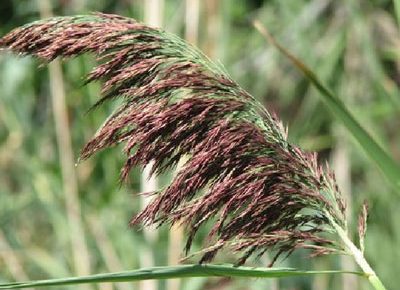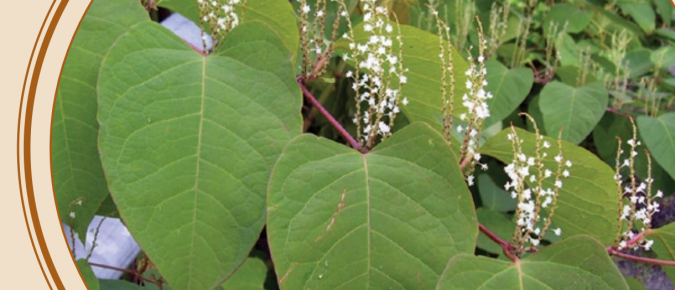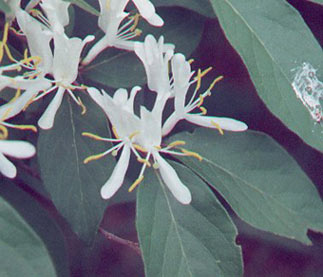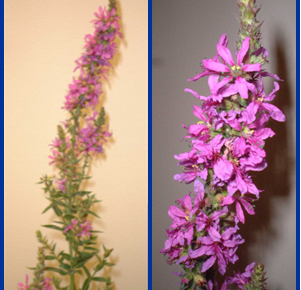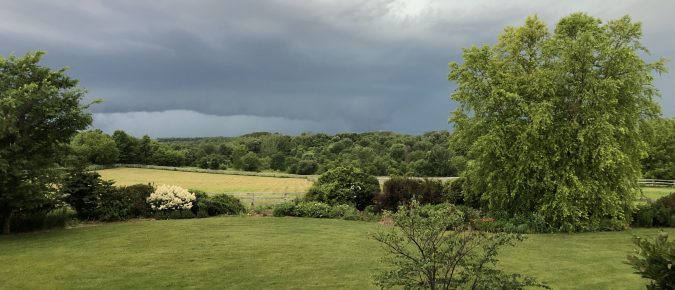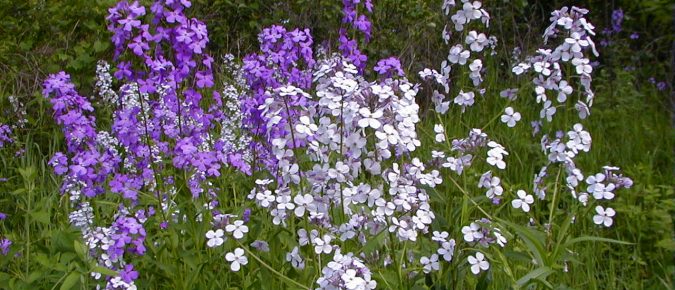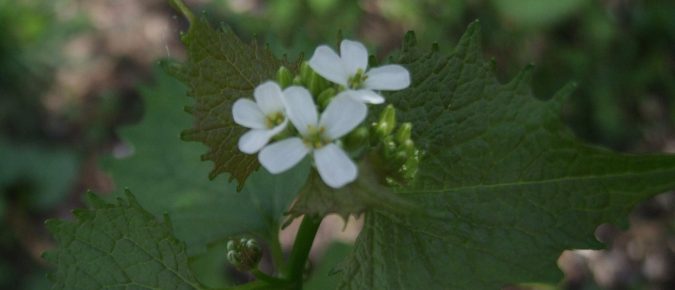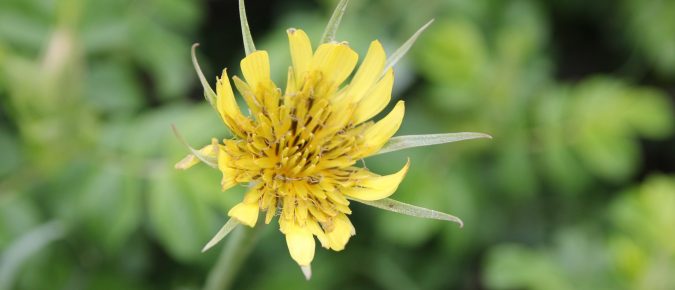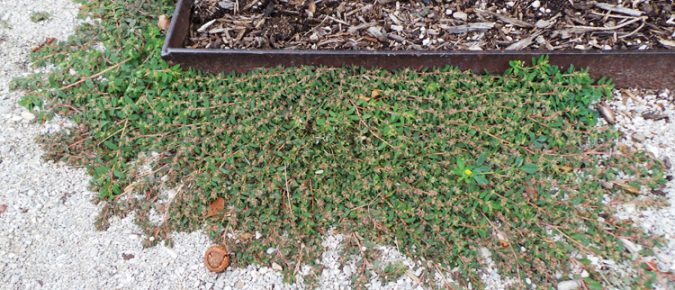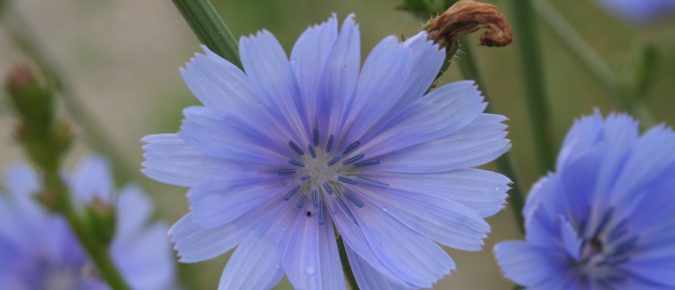Invasive phragmites, or common reed. is a tall, perennial grass that aggressively colonizes and forms dense stands in freshwater wetlands. Learn how to identify and control this invasive threat to Wisconsin’s wetlands in this factsheet.
Japanese Knotweed, which is native to Asia, has become an invasive plant in Wisconsin. This brochure describes the plant and gives recommendations for control.
Includes history, distribution, habitat, similar species, threats, identification and impact, of the shrub honeysuckles that are invasive in the Midwest. Photos and discussion of control strategies are also included.
Purple loosestrife (Lythrum salicaria) is a fast-spreading, tall Eurasian plant that grows primarily in wetlands and ditches, but can invade home gardens. This factsheet covers identification and control of this attractive, yet invasive, plant.
Dodders are parasitic plants that can affect a variety of plants, including vegetables, herbaceous and woody plants, and even weeds. Learn what dodders look like and what to do if you find them in this factsheet.
R.C. Newman Revised: 5/11/2010 Item number: A1827 This 12-page publication will help you identify the 30 most common grass species in Wisconsin turf.
Dame’s rocket is a Eurasian biennial belonging to the mustard family. It was introduced to North America in the 1600’s and has naturalized itself in moist, wooded areas, but can also invade open areas. Learn how to identify and control this invasive plant in this factsheet.
Garlic mustard (Alliaria petiolata) is a European woodland plant introduced to North America by early settlers for its culinary and alleged medicinal qualities. Identification and control methods are covered in this concise factsheet.
Have you noticed yellow flowers blooming individually on tall, scraggly stems or fluffy seed heads like extra-large dandelions along the roadside? There are two species of Tragopogon, introduced weeds that both have the common name yellow goatsbeard and are both common in disturbed areas. To learn more about these plants read this article…
You’ve likely seen flat, mat-like plants spreading in your garden, on the roadside, or maybe even growing from the cracks in the driveway. This is most likely spotted spurge, a native plant with weedy characteristics. To learn more about this annual plant in spurge family (of which poinsettia is a member), read this article…
Do you recognize those blue flowers along the roadside that will keep blooming until frost (if not mowed off)? That’s chicory, an escaped, naturalized European plant that has been used for food and forage since ancient times, although most Americans know it just as a weed. To learn more about Chicorium intybus, read this article…
With small but pretty pink flowers, henbit might be considered an ornamental plant, but is a weed for most people. This introduced relative of the more-refined, perennial spotted deadnettle (Lamium maculatum) that is commonly cultivated in gardens is an annual or winter annual. To learn more about this plant, read this article…

